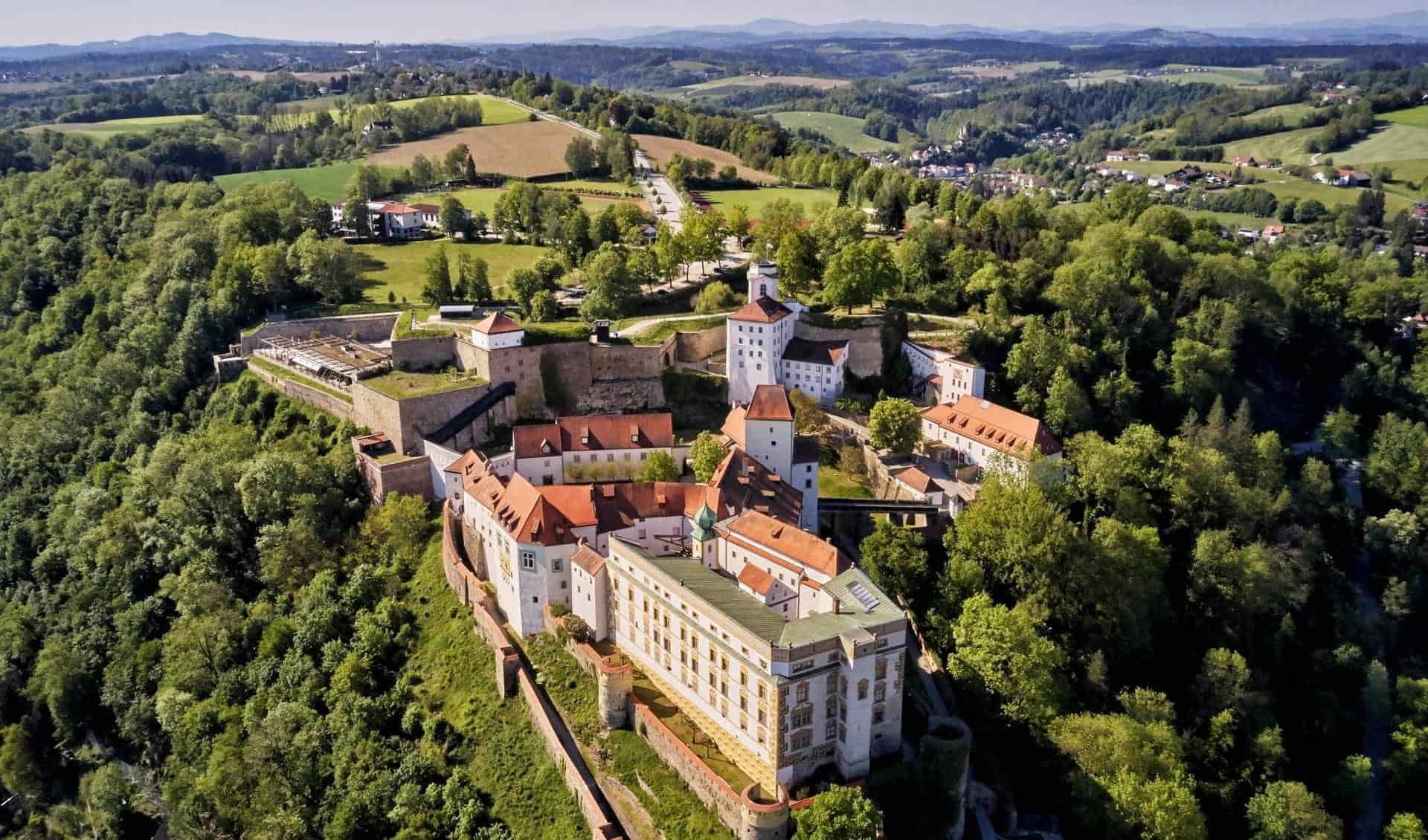Veste Oberhaus, one of Europe's largest preserved fortresses, stands proudly atop St. Georgsberg mountain in Passau, Germany. This impressive 13th-century stronghold offers visitors a captivating journey through time, combining rich history, stunning architecture, and breathtaking views of the Three Rivers City. As a former residence of prince-bishops and now home to the Oberhausmuseum, Veste Oberhaus serves as a cultural landmark and tourist attraction, drawing history enthusiasts and families alike.
With its commanding position 105 meters above the confluence of the Danube, Inn, and Ilz rivers, the fortress provides an unparalleled vantage point to appreciate Passau's unique geography and medieval charm.
Highlights
- Panoramic views from the Observation Tower and Linde Battery
- St. George's Chapel, with its extensive Gothic fresco cycle
- Oberhausmuseum showcasing Passau's history and regional art
Contents
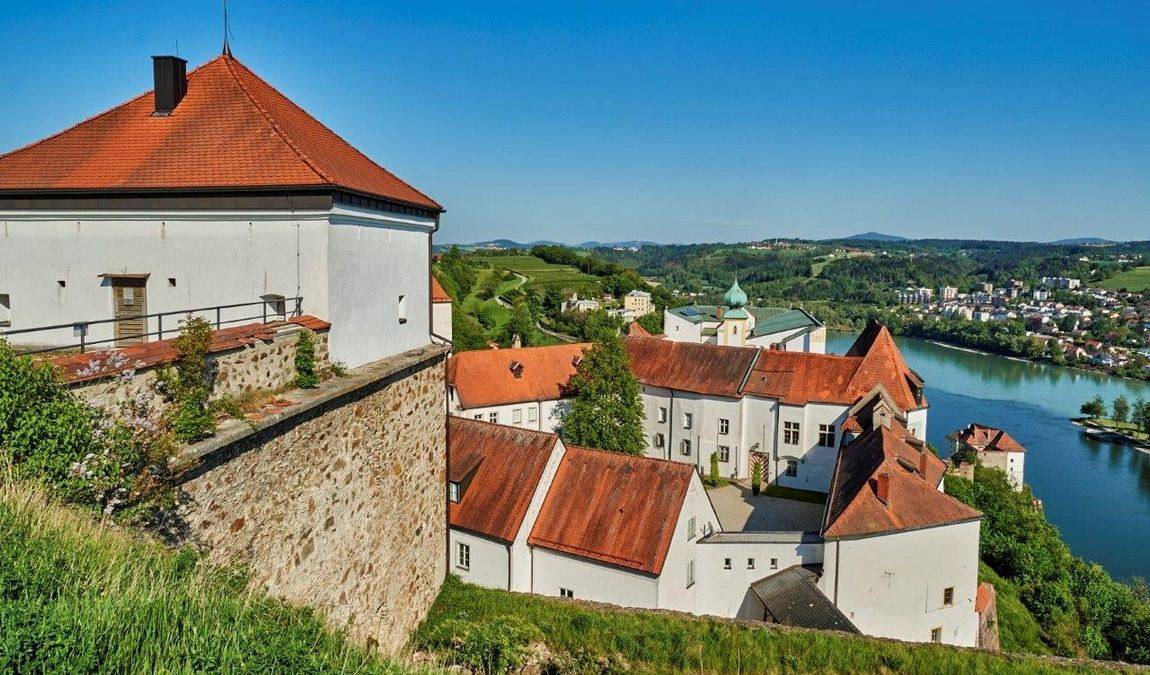 Photo: facebook.com/oberhausmuseum
Photo: facebook.com/oberhausmuseum
Here is Why Your Kids Will Find it Interesting
Veste Oberhaus is worth visiting with kids aged 7 and up, as it offers a fascinating glimpse into medieval life and castle architecture. Children will be enthralled by the fortress's imposing walls, secret passages, and tales of knights and bishops. The interactive exhibits at the Oberhausmuseum bring history to life, allowing young visitors to try on replica armor, explore ancient weaponry, and learn about life in a medieval castle.
The panoramic views from the Observation Tower will captivate kids and adults alike, making it an educational and visually stunning experience for the whole family.
Family-friendly features
- Interactive museum exhibits suitable for children
- Spacious grounds for exploration and picnics
- Youth hostel accommodations for family stays
History of Veste Oberhaus
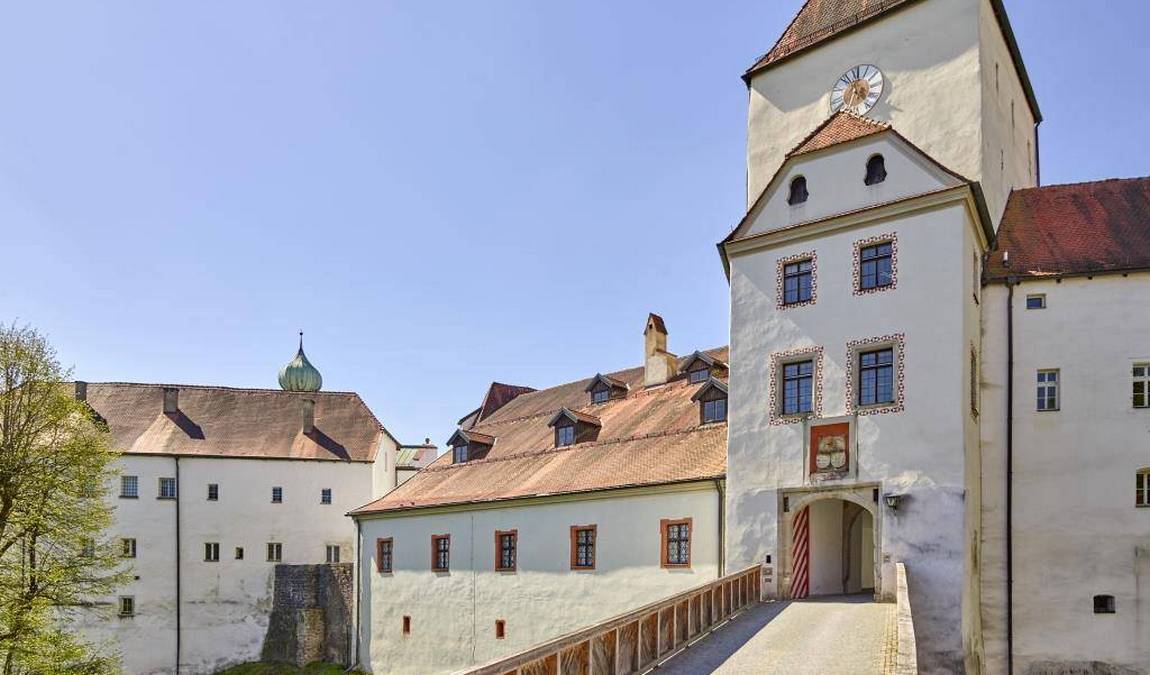 Photo: facebook.com/vesteoberhaus
Photo: facebook.com/vesteoberhaus
Founded in 1219 by Prince Bishop Ulrich II, Veste Oberhaus served as the stronghold and residence of Passau's prince-bishops for nearly 600 years. Passau's citizens built The fortress to demonstrate the bishops' power and protect them from external threats and internal rebellions. Over the centuries, it evolved from a medieval castle to a Renaissance palace and finally into a formidable fortress.
Key historical events include:
- 1217: Bishop Ulrich II receives the title of imperial prince
- 1219: Construction of the original "Georgsburg" begins
- 17th century: Extensive fortifications added, transforming it into "Veste Oberhaus"
- 1803: Passau and Veste Oberhaus become part of the Kingdom of Bavaria
- 1822-1932: The fortress serves as a prison for political detainees
- 1932: The town of Passau takes control and establishes a museum
Exploring the Fortress
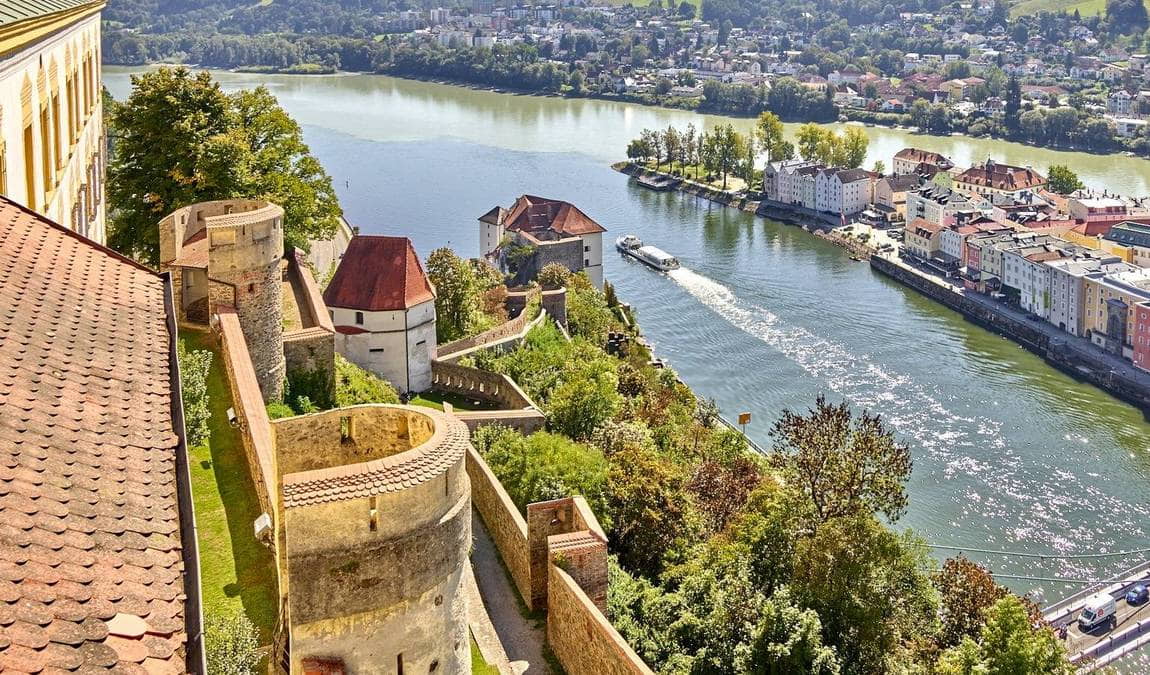 Photo: facebook.com/oberhausmuseum
Photo: facebook.com/oberhausmuseum
Veste Oberhaus boasts an impressive architectural layout spanning 65,000 square meters. Notable buildings and structures include:
- St. George's Chapel: Features a unique and extensive fresco cycle depicting the legend of St. George
- The Observation Tower: Offers panoramic views of Passau and the surrounding landscape
- The General's Building: Dating back to 1597, now houses a youth hostel
- Baroque-era fortifications: Some were replaced by an open-air theatre in the 1930s
The fortress's design showcases a blend of medieval, Renaissance, and Baroque elements, reflecting its long history and various functions over time.
Oberhausmuseum
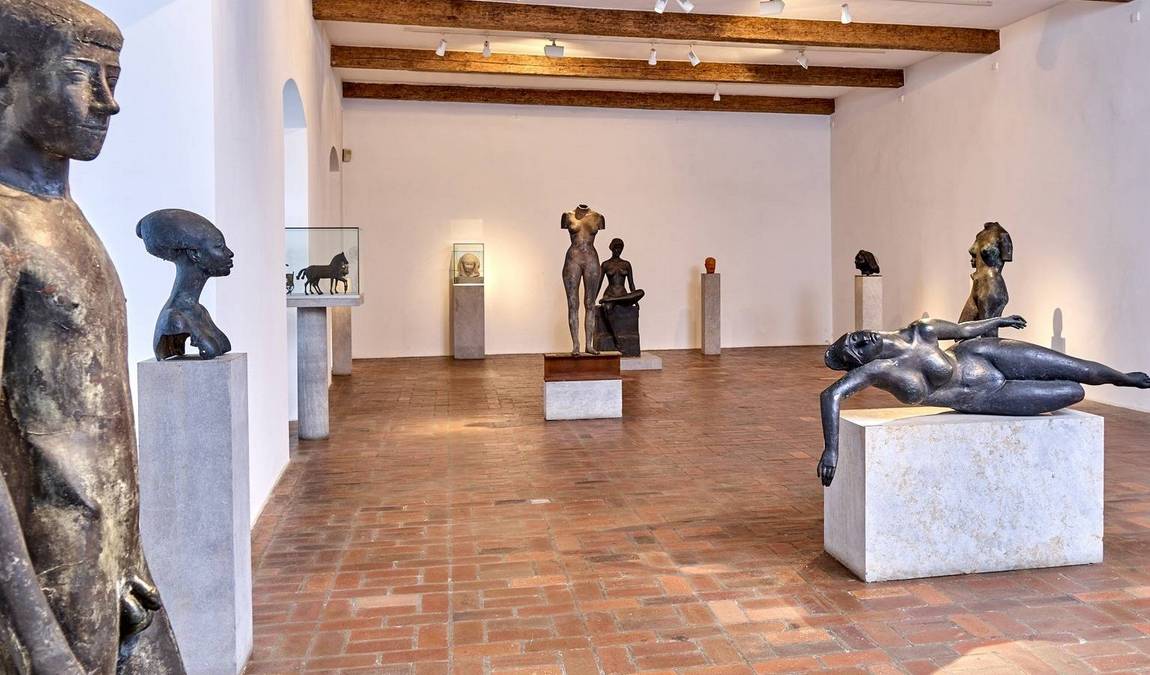 Photo: facebook.com/oberhausmuseum
Photo: facebook.com/oberhausmuseum
The Oberhausmuseum, established in 1932, is one of Germany's largest municipal museums. It offers diverse permanent exhibitions and rotating special displays:
- City history exhibits: Showcasing Passau's rich past as a center of power and trade
- Medieval life: Displays of weapons, armor, and daily life in the fortress
- Art gallery: Featuring works by regional artists and temporary exhibitions
- Eastern Bavaria, Bohemia, and Austria collections: Highlighting the cultural connections of the region
- Firefighting Museum: Exploring the history of firefighting in Passau
- Porcelain collection: Showcasing fine examples of regional porcelain craftsmanship
Attractions Within Veste Oberhaus
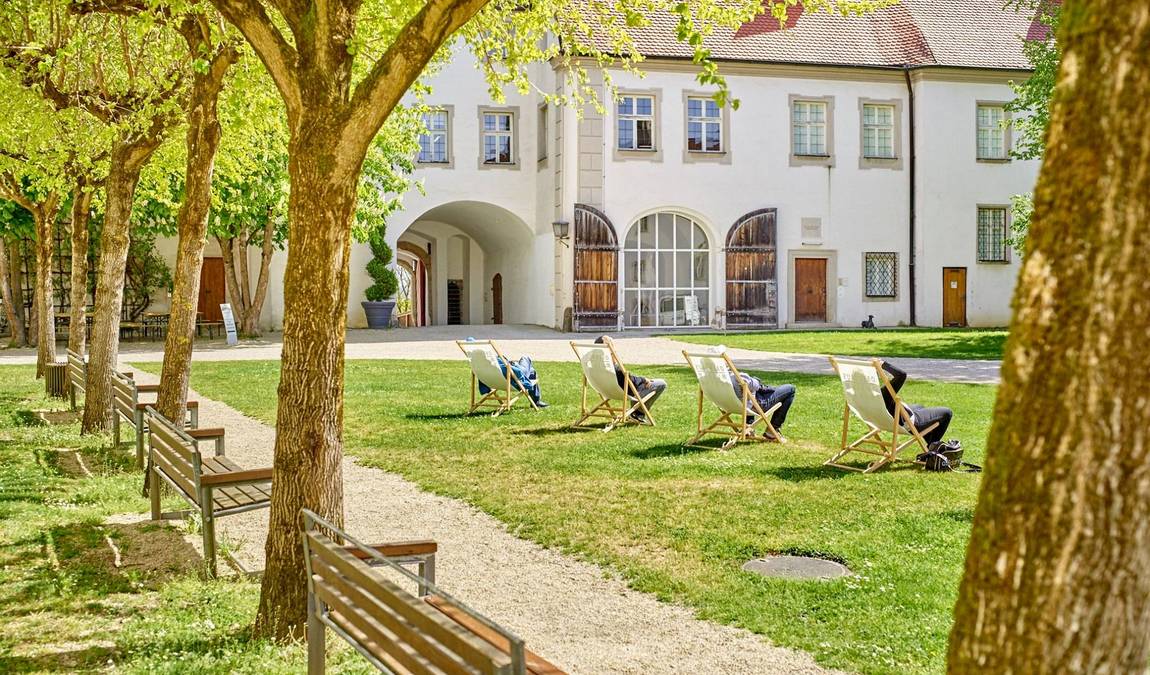 Photo: facebook.com/oberhausmuseum
Photo: facebook.com/oberhausmuseum
Veste Oberhaus offers various attractions catering to different interests and age groups. The restaurant "Das Oberhaus" is a highlight for food enthusiasts, serving local cuisine while treating diners to panoramic views of the surrounding landscape. For those seeking unique accommodations, the Kultur|Jugendherberge Passau provides a one-of-a-kind experience, allowing guests to stay within the historical setting of the fortress.
Culture lovers will appreciate the open-air theatre, constructed in the 1930s, which hosts various cultural events and performances yearly. Astronomy enthusiasts can take advantage of the City Observatory, where visitors can stargaze from this elevated vantage point, offering a unique perspective on the night sky.
Perhaps the most popular attraction is the Linde Battery viewpoint, which provides stunning vistas of Passau and the confluence of its three rivers - the Danube, Inn, and Ilz. This viewpoint offers an unparalleled opportunity to appreciate the city's unique geography and medieval charm from above. These diverse attractions within Veste Oberhaus ensure that visitors of all ages and interests can find something to enjoy during their visit to this historic fortress.
Just 6 km away is the peb - Passauer Erlebnisbad, a center of water fun, which we recommend to visit with the whole family.
Best Time to Visit
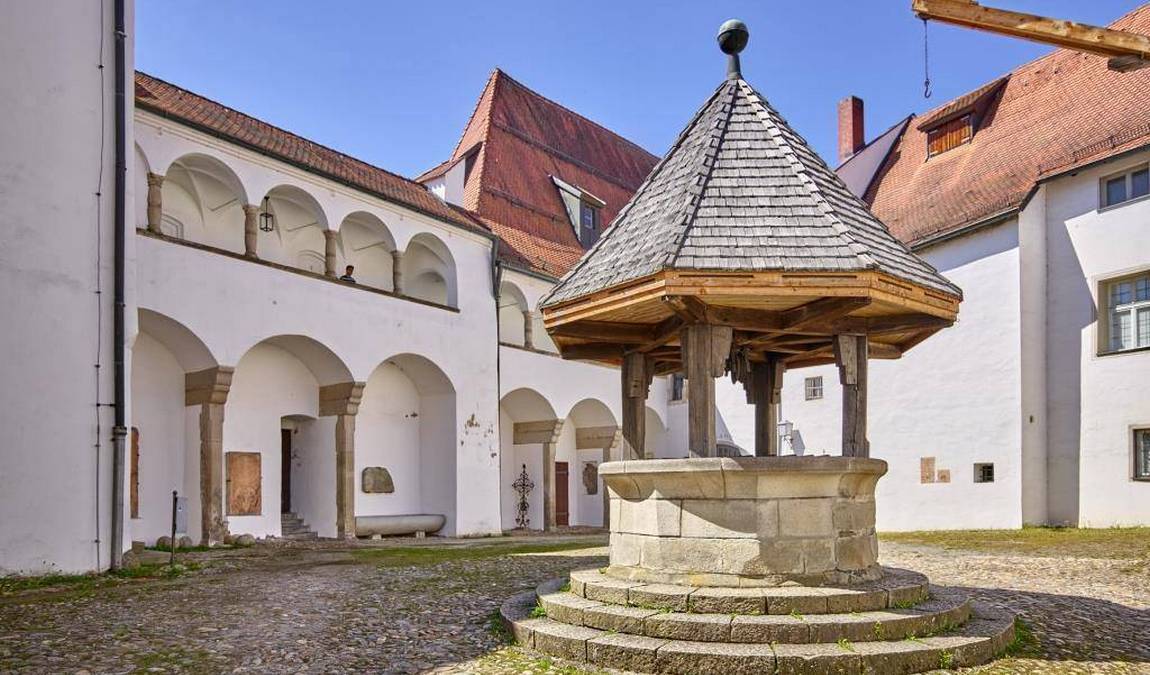 Photo: facebook.com/vesteoberhaus
Photo: facebook.com/vesteoberhaus
The best time to visit Veste Oberhaus with children is during the spring and summer months (May to September) when the weather is pleasant for outdoor exploration. Weekdays are less crowded, and mornings offer cooler temperatures for climbing to viewpoints. The fortress is charming during the annual summer cultural events and open-air performances.
Recommended Duration: Plan a 3-4 hour visit to experience the fortress and museum fully.
Our Resume
Veste Oberhaus is a testament to Passau's rich history and offers visitors a unique blend of cultural heritage, stunning views, and family-friendly attractions. Its well-preserved architecture, engaging museum exhibits, and panoramic vistas make it a must-visit destination for travelers exploring Bavaria's eastern reaches.


